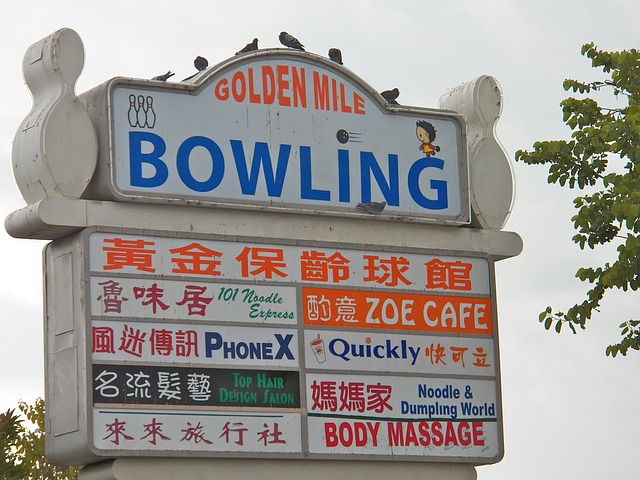Mandarin vs Cantonese
Mandarin and Cantonese are two major languages spoken in China, with Mandarin being the official language of the country and one of the few official languages at the United Nations. Cantonese, on the other hand, is often described as a dialect of Mandarin. However, the significant differences between the two make a strong case for Cantonese being a separate and distinct language. There are over 100 million Cantonese speakers, predominantly in the Southern provinces of Guangdong and Guangxi in China, as well as in Hong Kong, Macau, and parts of Malaysia, Thailand, and Vietnam. Cantonese is also spoken in many Chinatowns in major international cities in the US, Canada, and other countries.
Key Takeaways
- Cantonese is an older language than Mandarin, originating around the time of Christ, while Mandarin is only 700-800 years old.
- Mandarin has a full-fledged script with simplified characters, whereas Cantonese is mostly an oral language with traditional characters.
- Cantonese has 9 tones, making it more difficult to learn than Mandarin, which has just 4 tones.
What is Cantonese?
Cantonese is the older of the two languages and has been in existence since the time of Christ. Due to migration of Cantonese-speaking people from Hong Kong to major cities worldwide, Cantonese remains a strong competitor to Mandarin internationally. Cantonese is primarily an oral language, and when speakers need to read and write, they often use Mandarin. Cantonese has a large number of slang words that are continuously being added, and it still uses traditional characters, unlike Mandarin, which uses simplified characters.
Both Mandarin and Cantonese are tonal languages, meaning a single word may have many meanings depending on context and pronunciation. Cantonese is more challenging in this aspect, with 9 tones compared to Mandarin’s 7 tones. Pronunciation of words in the two languages is so dissimilar that people humorously describe it as a chicken talking to ducks.
What is Mandarin?
Mandarin is a much younger language, only 700-800 years old. It has a full-fledged script with simplified characters, which were introduced in 1950 on the insistence of Mao Zedong as part of language reforms. This is why Cantonese-speaking people find it easier to learn Mandarin, while Mandarin speakers often struggle with learning Cantonese due to the difficulty of understanding traditional characters.
What is the difference between Mandarin and Cantonese?
- While some consider Cantonese as a dialect of Mandarin, the significant differences between the two classify them as separate languages.
- Cantonese is older than Mandarin, with a history of 2000 years, while Mandarin is only 700-800 years old.
- Mandarin uses simplified characters, introduced in 1950, while Cantonese still uses traditional characters.
- Cantonese has 9 tones, making it more challenging to learn than Mandarin, which has just 4 tones.
For non-native speakers planning to spend a considerable amount of time in China, learning Mandarin is a better option than Cantonese. This is because people in Hong Kong, Macau, and Taiwan will understand Mandarin, but those who learn Cantonese may struggle in mainland China.
